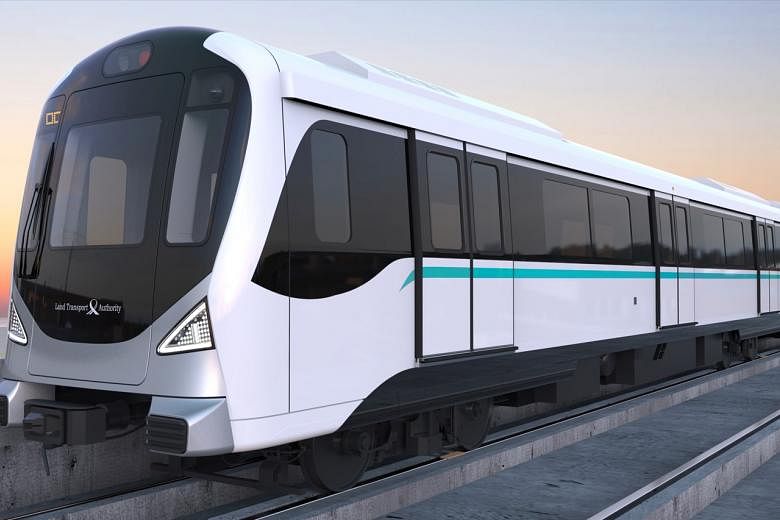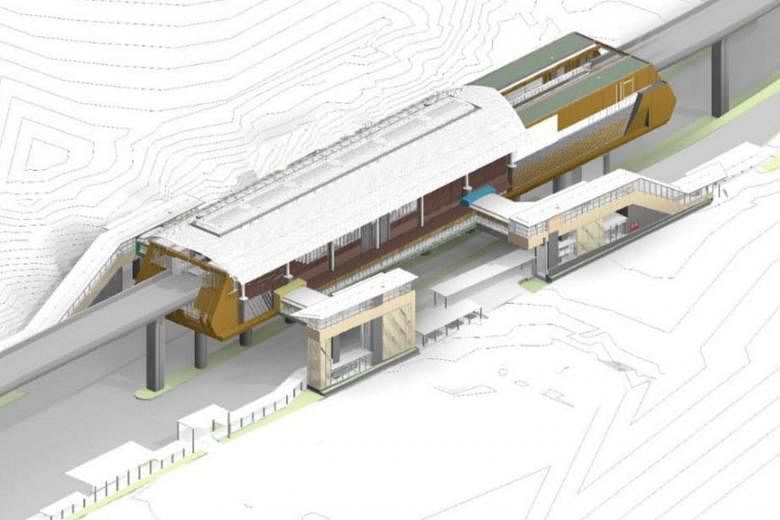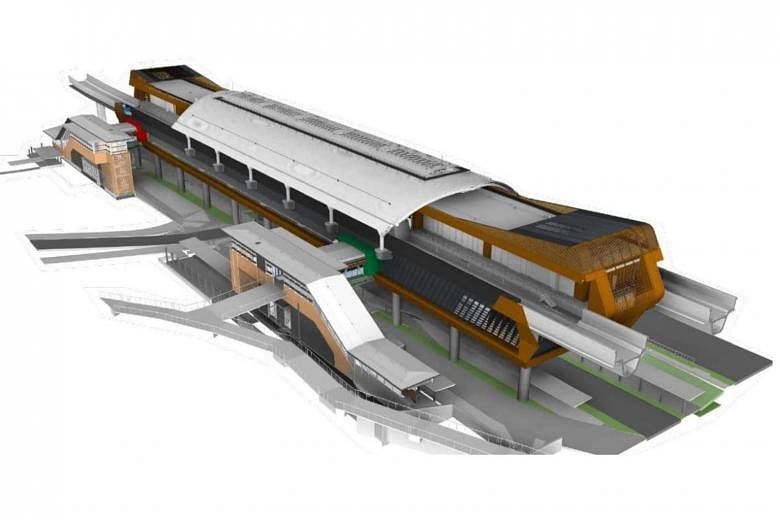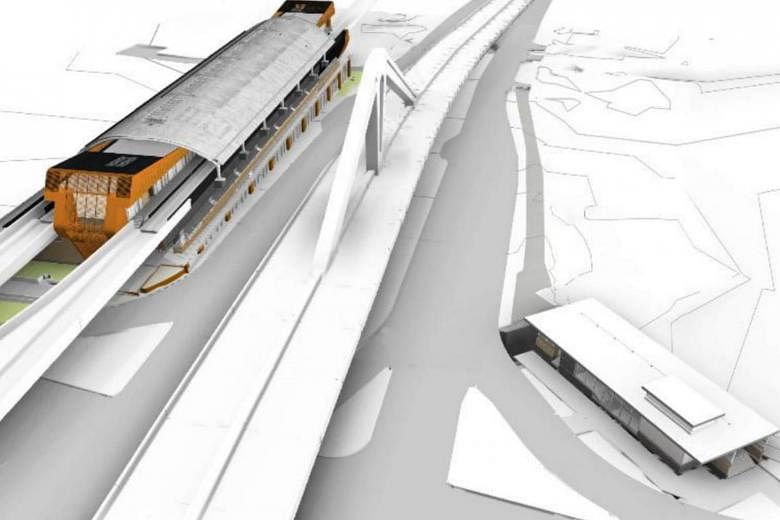SINGAPORE - Construction of four more Jurong Region Line (JRL) MRT stations that will serve Nanyang Technological University (NTU) and the Jurong Town Corporation industrial area is set to begin this quarter.
The Land Transport Authority (LTA) awarded two civil contracts valued at $263 million each for this on Tuesday (April 6). The contracts are for the design and construction of the four stations and associated viaducts.
The stations are part of the JRL's third phase, which is expected to be completed in 2029.
Two of the stations, tentatively named Jurong Hill and Jurong Pier, will serve the industrial area around Jurong Pier Road. The other two, Nanyang Gateway and Nanyang Crescent, will be located on NTU's campus.
Once completed, the new stations will help commuters save up to 30 minutes in travelling time.
For example, NTU students travelling from Choa Chu Kang now need an hour to get to the Lee Wee Nam Library on campus. The journey involves transferring from the North-South Line to the East-West Line and then taking a bus.
With the JRL, the same trip would take only 35 minutes.
The first contract covering Jurong Hill and Jurong Pier stations, as well as a 1.1km viaduct between the two along Jurong Pier Road, went to a joint venture between local firm SCB Building Construction and China Civil Engineering Construction Corporation (Singapore Branch) (CCECC).
LTA said SCB was previously involved in the upgrading of Tuas Depot.
It has also done addition and alteration works to the Thomson-East Coast Line rail facility building, and was a sub-contractor for the construction of Tuas Crescent Station and viaducts on the Tuas West Extension.
CCECC is building the Pasir Ris railway turnback and a viaduct between Sungei Seletar and Yishun Avenue 5 on the North-South Corridor. It is also working on tracks for Stage 6 of the Circle Line 6 and an extension of the North-East Line.
The second contract covers Nanyang Gateway and Nanyang Crescent stations and a 1.4km viaduct between them.
It was awarded to Hwa Seng Builder, a local construction firm previously involved in multiple road and expressway projects, including the widening of Woodlands Road, Choa Chu Kang Link, Stagmont Ring and Bukit Batok East Avenue 3, as well as improvement works for the Pan-Island Expressway slip road between Clementi North Flyover and Toh Tuck Flyover.
Construction of the JRL was delayed by about a year by the Covid-19 pandemic and it will open in phases from 2027 to 2029.

First announced as part of the Land Transport Master Plan in 2013, the 24km-long JRL will be Singapore's seventh MRT line and the first fully elevated line, without any underground stations.
When completed, it will have 24 stations and three interchanges - Choa Chu Kang, Boon Lay and Jurong East stations.
It is expected to improve connectivity in the western part of Singapore by serving areas that currently do not have direct links to the rail network such as NTU, Jurong Industrial Estate and the future Tengah area.
LTA said the stations at Choa Chu Kang, Boon Lay and in the Jurong area are expected to add more than 60,000 additional households within a 10-minute walk from a train station.






